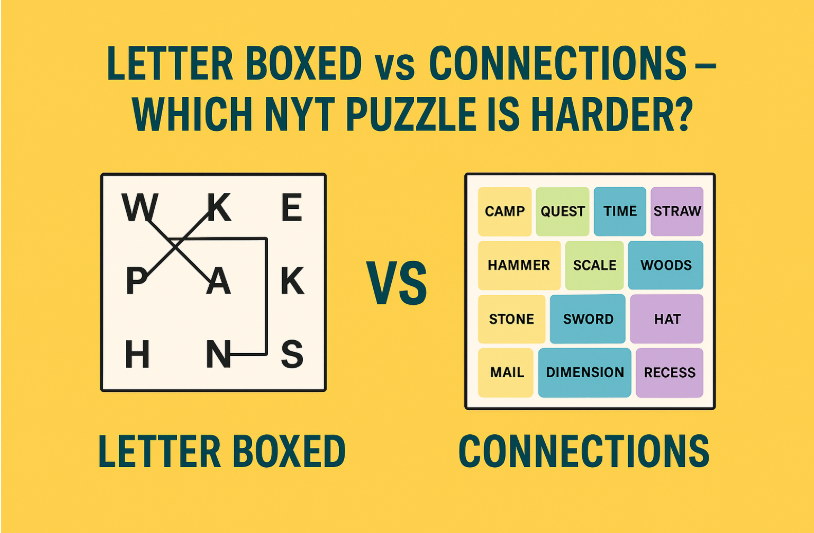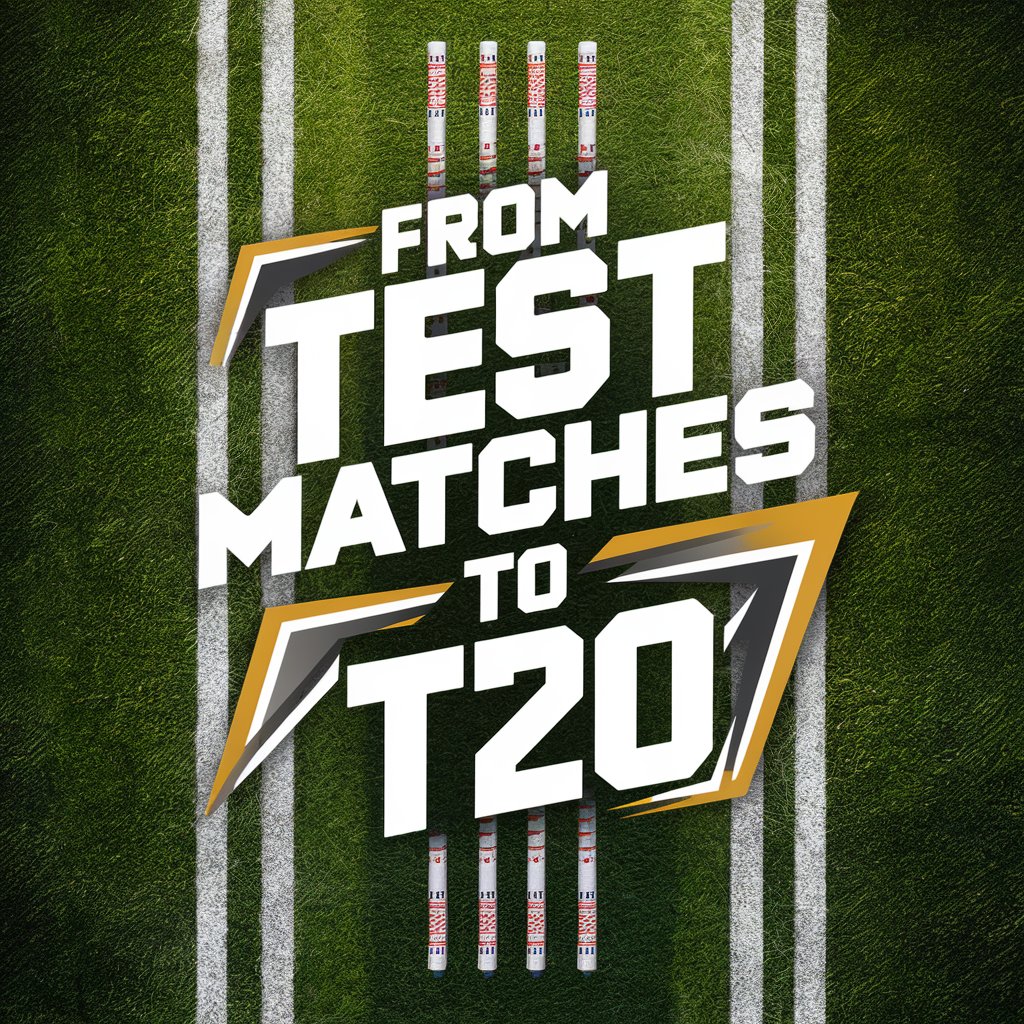
What Is Letter Boxed?
Letter Boxed is a daily word puzzle on the New York Times Games. You see a square with letters on each side. You must draw a line that uses every letter at least once. You try to use as few words as possible. You cannot move in the same side twice in a row. It is a vocabulary challenge and a spatial logic test.
What Is Connections?
Connections is another daily brain teaser from the NYT. You get 16 words. You must group them into four sets of four. Each group shares a theme. Themes go from easy (yellow) to very hard (purple). It tests pattern recognition and categorical thinking. You can guess again if you make a mistake.
Head‑to‑Head Comparison
| Feature | Letter Boxed | Connections |
| Puzzle Type | Word construction | Word grouping |
| Key Skill | Vocabulary and path planning | Logic and category recall |
| Time to Solve | About 5–20 minutes | About 2–10 minutes |
| Retry Options | Only one try per day | Multiple tries allowed |
| Success Reward | Big “aha” moment when you finish with 2 words | Satisfaction of finding all four groups |
| Community Sharing | Medium (hard to explain in one image) | High (color blocks make shareable screenshots) |
Letter Boxed is harder if you love word puzzles and hate mistakes.
Connections is trickier when themes are subtle and words hide in plain sight.
Why One Puzzle Wins Here, the Other Wins There
Letter Boxed game wins at vocabulary practice. You need a big word list in your mind. If you know many words, you solve faster.
Connections game wins at social fun. The color blocks and themes make great screenshots. People share on Twitter and Instagram.
Why Hard Feels Good
Solving hard puzzles gives a small burst of joy. In Letter Boxed, finding a two‑word solution feels very special. In Connections, filling all four boxes without a hint feels rewarding. Both games train your brain. Letter Boxed builds your word bank. Connections builds your logic skills.
Mobile & User Interface – Where Each Game Shines
On your phone, Letter Boxed shows a square frame with letters on each side. You drag your finger to connect letters. If you make a mistake, you tap undo. You can pinch to zoom on small screens. On desktop, you click and drag to draw lines freely.
Connections displays 16 words in colored blocks. You tap four words to form a set. The blocks flash when you are right or wrong. On a phone, colors stand out, but tiny screens can make words small. On a computer, you see every word clearly and can click more precisely. Both games load fast and let you play with no lag.
Learning Curve & Skill Development – How Quickly You Level Up
When you start Letter Boxed, you learn the rule that you cannot use the same side twice. At first, it takes many minutes to finish one puzzle. After a few days, you spot long words and solve faster. You build your word bank in your mind.
In Connections, you learn to spot themes like colors or sports. At first, you may make wrong sets. Soon, you see patterns and guess groups quickly. Each win trains your brain. Letter Boxed grows your vocabulary and sequence skills. Connections sharpens your logic and memory for categories.
Replay Value & Long‑Term Engagement – What Keeps You Coming Back
Both games reward you for daily play. Letter Boxed tracks your streak and shows a calendar with green dots. You try to beat your best by using fewer words. You feel proud when you solve in two words.
Connections on other hand tracks your streak and gives you a four‑block score. You share colorful screenshots on social media. You try to hit purple level every day. Monthly challenges and special puzzles add fresh fun.
Because both games update at midnight Eastern Time, you wake up eager for a new test. The promise of a new puzzle each day keeps you coming back.
Tips to Improve
For Letter Boxed: Start with long words first. Then fill in small words. If stuck, check this letter boxed answers page for today’s solution.
For Connections: Look for a clear set first (like colors or sports). Remove them from the board. Then find the harder theme. You can take a peek at this Connections hints page if you need a nudge.
Final Verdict
If you want to grow your vocabulary and enjoy a deep word hunt, Letter Boxed feels harder and more rewarding.
If you like pattern puzzles, enjoy sharing results, and don’t mind guessing a few times, Connections can be the tougher challenge at the top levels.
Both games are free every day at the New York Times Games section. Try both and see which one makes your brain buzz!
FAQs
1. Is Letter Boxed harder than Wordle?
Yes. Wordle gives a split‑second guess and colored hints. Letter Boxed gives no hints and you must use all letters.
2. Why do I get stuck on Connections purple themes?
Purple puzzles hide very loose themes. They test deep category knowledge.
3. Can I practice Letter Boxed offline?
You can print grids or draw your own. Practice writing word loops on paper.
4. Which puzzle builds memory better?
Connections builds memory for categories. Letter Boxed builds memory for words and letter patterns.
5. What time do these puzzles refresh?
Both puzzles update daily at midnight Eastern Time.





